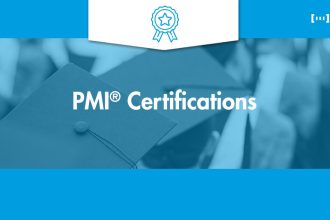To achieve effective hiring and sustainable retention, it’s essential to invest in thorough research into how candidates experience the recruitment process. By analyzing these insights, organizations can optimize their recruitment strategies, reduce turnover, and ultimately foster a more committed workforce. This article explores how studying the candidate journey impacts both hiring success and long-term employee engagement.
- Understanding the Candidate Journey to Improve Hiring Outcomes
- Identifying Common Barriers in the Recruitment Process
- Reducing Turnover with Data-Driven Insights from Candidate Feedback
- Enhancing Employee Retention Through Improved Onboarding Experiences
- Targeting First-Year Employee Success with Refined Hiring Practices
- Using Candidate Experience Metrics to Refine Talent Acquisition Strategies
- Benefits of Partnering with Experts in Candidate Experience Analysis
Understanding the Candidate Journey to Improve Hiring Outcomes
When organizations focus on candidate experience research, they uncover patterns that reveal where potential employees feel engaged or deterred. Through detailed feedback, companies can identify which aspects of the application and interview stages need refinement. It makes the process smoother and more welcoming. A well-structured hiring experience encourages top-tier talent to consider offers more seriously, resulting in a higher caliber of new hires.
Identifying Common Barriers in the Recruitment Process
Research often uncovers recurring issues that create friction for applicants. These might include long wait times, unclear communication, or confusing procedures. By identifying and addressing these obstacles, employers can remove unnecessary steps that could otherwise discourage highly qualified individuals. Streamlining processes not only makes applicants feel valued but also projects a professional image of the organization.
Reducing Turnover with Data-Driven Insights from Candidate Feedback
Using candidate feedback as a foundation, companies can make strategic adjustments that minimize employee turnover rates. When candidates report issues that continue into employment, such as unclear role expectations or a lack of cultural fit, they are more likely to leave prematurely. Proactively analyzing and acting on this feedback means that new hires are better suited to the role and environment, leading to a more satisfied, stable workforce.
Enhancing Employee Retention Through Improved Onboarding Experiences
The onboarding process can significantly impact a new hire’s engagement and likelihood of staying. Research into candidate impressions of the onboarding phase reveals critical insights into what helps or hinders their transition. By refining these initial experiences, companies ensure that new hires feel prepared, supported, and integrated, which reduces the likelihood of early departure and promotes long-term commitment.
Targeting First-Year Employee Success with Refined Hiring Practices
The first year is crucial for new hires, as it often determines whether they will stay with an organization. Insights from research on candidate experiences allow employers to tailor hiring practices to better match the needs and expectations of potential hires. By selecting individuals who are more aligned with company values and team dynamics, organizations improve the chances of their success in the role, which in turn supports retention efforts.
Using Candidate Experience Metrics to Refine Talent Acquisition Strategies
Data gathered from candidate research provides essential metrics that drive the improvement of talent acquisition strategies. By continually analyzing these metrics, employers can adjust their approach to better attract and retain desirable talent. This ongoing refinement ensures that organizations stay competitive in attracting top candidates while building a workforce aligned with their culture and goals.
Benefits of Partnering with Experts in Candidate Experience Analysis
Hiring specialists who focus on candidate experience research can bring valuable expertise and insights to the table. These experts utilize proven methods to gather, analyze, and interpret data, offering actionable recommendations to enhance recruitment and retention outcomes. By working with experienced professionals, organizations can confidently implement strategies that drive long-term success in building a stable, committed workforce.
Effective hiring and retention require more than just filling positions—they demand a strategic approach informed by procedures like candidate experience research. By analyzing feedback and addressing barriers, organizations can create a welcoming and supportive environment that appeals to top talent.














